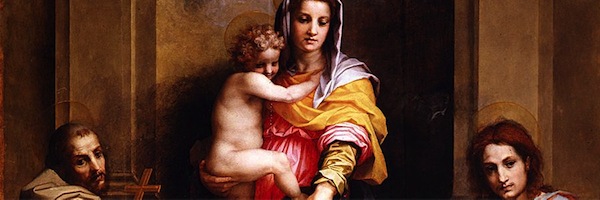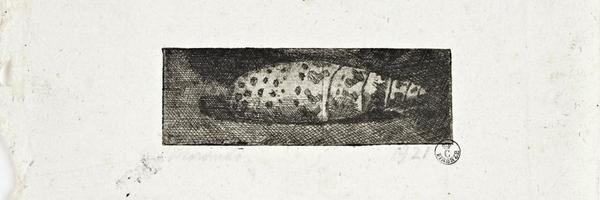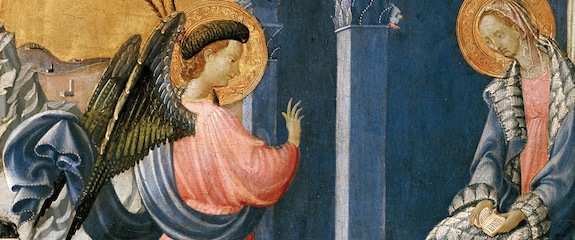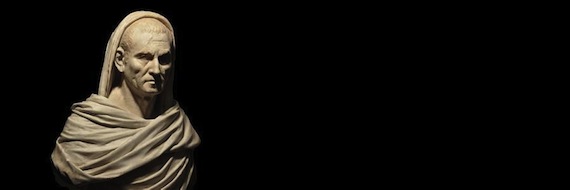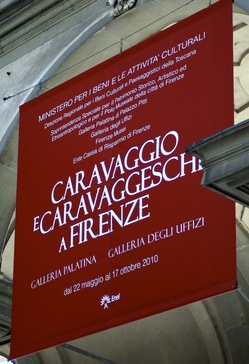The exhibit has been extended until January 8th - there is a review of the exhibit from the Financial Times here.
On the fifth centenary of the birth of Giorgio Vasari (1511-1574), this exhibition is devoted to the foundation of the Uffizi (1559-1560): more than a building, an architectural system on urban scale that emerged from the close collaboration between the Duke, Cosimo I de' Medici, and Vasari, his favourite artist. Standing in the heart of the city, where it reflects the absolutist and centralising policy of Cosimo I, the complex was designed to bring together the administrative institutions of government, the so-called Magistrature and the Guilds, subjecting them - logistically and symbolically - to the direct rule of the young Duke.
The memory of this original destination lives on in the name of the Uffizi, literally "offices". The ingenious versatility of the Arezzo-born Vasari was displayed in his capacity to give spatial form and architectural conviction to his commissioner's political programme and desire for self-representation. The building is in fact an emblematic fragment of a new city, sealing into a single organism the two ducal residences of Palazzo Vecchio (the seat of government) and the Pitti Palace beyond the Arno, impressing upon the city the physical presence of Power in the shape of architecture.
The long colonnaded piazza of the Uffizi also functions as an authentic open-air antechamber leading into both Piazza della Signoria, with its whirl of statues celebrating the Duke, and into Palazzo Vecchio where the rooms renovated and redecorated by Vasari celebrate the apotheosis of Cosimo and his dynasty. The architectural structure of the Uffizi, which was without paragon in the sixteenth-century world and was destined to become a model, was crowned at the top by a long loggia which, when construction was complete, came to house precious antique statues from the Medici collections. This secondary and almost incidental use then developed over the centuries into the collection and display functions that now characterise the Uffizi, the epitome of the art museum.
The exhibition, which takes as its cue the personalities of the protagonists - the Duke and his artist - starts by training the spotlight on the urban layout of the area between Palazzo Vecchio and the Arno prior to the construction of the Uffizi; it then goes on to illustrate the phases of design and construction of the complex, which was the most extensive and most demanding building site of sixteenth-century Florence. The spatial and figurative connotations of the monumental complex are underscored, comprising the wooden doors of the Magistrates' offices.
The formal and typological elements drew inspiration from the antique Roman architecture well known to Vasari and to the erudite humanists of his circle, including Paolo Giovio and Vincenzo Borghini, but also from the contemporary architecture of both Venice and Rome, where the artist had frequently sojourned. The highly-organised building site, masterfully controlled by the military architect Bernardo Puccini, is evoked here by the working tools of the time, alongside finds only recently discovered after having been buried for centuries in the infill of the vaults. Beyond all this, the Uffizi was also the mature fruit of an exuberant artistic milieu polarised by the court, looming over which was the terrible magnificence of the genius of Michelangelo. Gravitating around it were lead roles and supporting players: Pierfrancesco Riccio, major-domo to the Duke, Luca Martini, Cosimo Bartoli and Benedetto Varchi, who are also evoked in the exhibition.
This was a competitive ambience, which held aloof from and challenged Vasari as a provincial from Arezzo, up to his triumphal entry into the service of the Duke in 1554. These two phases of rejection and acceptance are illustrated in the exhibition by the works of the artists who hampered Vasari's admittance and those who fostered it, unfurling a dense artistic and cultural weft that marked the apex of the flowering of the Florentine Renaissance, emblematically illustrated by the legendary pomp of the wedding of Prince Francesco and Joanna of Austria (1565), the inaugural ceremony for the as yet unfinished Uffizi complex.
The artistic consolidation of Vasari, which went hand-in-hand with his political legitimisation, was driven not only by his artistic activity, but also by his work as a historian, boosted by the foundation of the Accademia del Disegno. The two editions of his Lives of the Artists (1550 and 1568), which brought the enterprising provincial a fame that went beyond the confines of the Duchy, are on display alongside his sonnets, letters and drawings, together with the statutes of the Accademia behind which he was the driving force.
